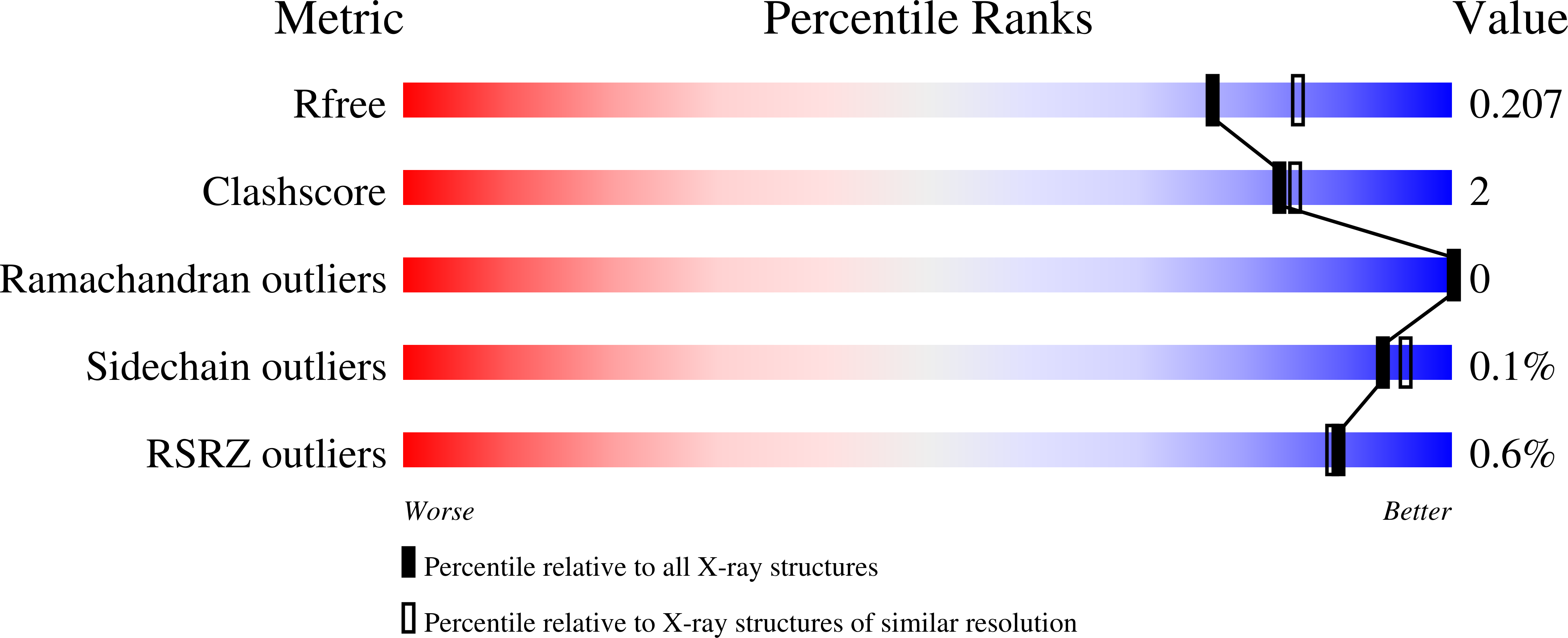
Deposition Date
2020-09-19
Release Date
2021-03-17
Last Version Date
2024-11-13
Entry Detail
PDB ID:
7K6C
Keywords:
Title:
Crystal Structure of Dihydrofolate reductase (DHFR) from Mycobacterium abscessus ATCC 19977 / DSM 44196 with NADP and inhibitor P218
Biological Source:
Source Organism:
Host Organism:
Method Details:
Experimental Method:
Resolution:
2.00 Å
R-Value Free:
0.20
R-Value Work:
0.16
R-Value Observed:
0.16
Space Group:
P 1 21 1


